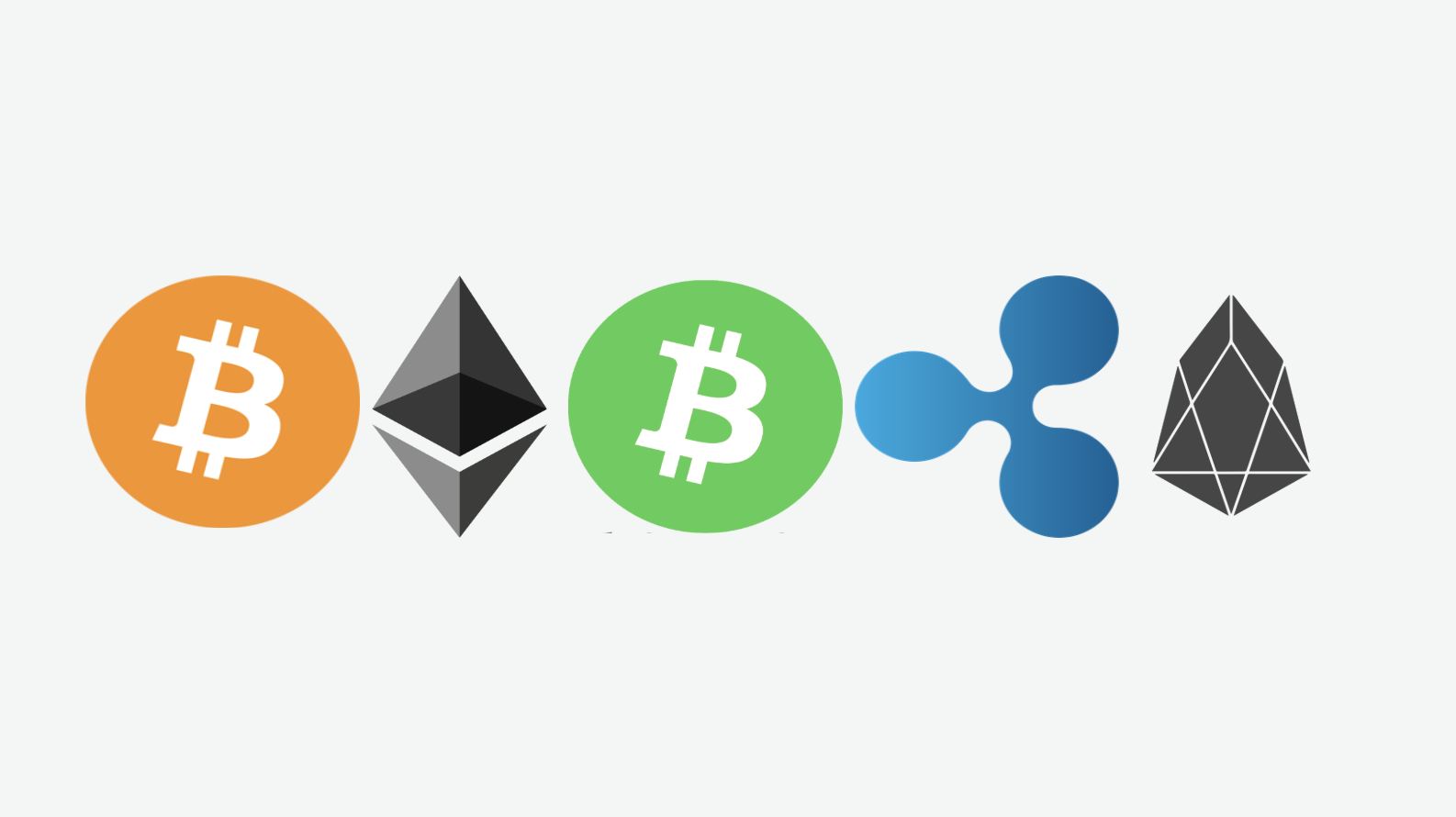10 Cryptocurrencies That Could be the Next Bitcoin
Bitcoin is undoubtedly the leader of cryptocurrency, having established blockchain technology as a global financial disruptor. Despite helping the crypto market mature, investors and analysts continue to ask: What coin in the current market could be the next Bitcoin?
Bitcoin’s reputation has grown to a point that the coin is unlikely to be overlooked by investors, several cryptocurrencies are growing in ways to make themselves the next BTC. Looking at the market now, most coins use different strategies, including smart contract utility, transaction speeds, and massive adoption, but which coins are those? Well, we will soon find out in this guide.
Top 10 Cryptocurrencies That Could be the Next Bitcoin
1. Ethereum (ETH)
Ethereum is the most recognized alternative to Bitcoin, even though it serves a different purpose. Unlike Bitcoin that was created as a decentralized currency, Ethereum was built to be a decentralized platform for applications to develop smart contracts.
Looking at Ethereum 2.0 through proof-of-stake, Ethereum has also become a leader when it comes to development and activities in the ecosystem. Being used the most in Web3 makes it rated for relevance that will last longer.
2. Solana (SOL)
Solana is a competitor in Layer 1 due to its transaction speed and low fees. It is capable of processing over 60,000 transactions per second and offers a blockchain that is ideal for gaming, NFTs, and microtransactions.
Recent market trends show a growth in Solana-based applications, particularly in DeFi and gaming, and the coin could attain a higher height than Bitcoin through interest from investors
3. Cardano (ADA)
Cardano is built on peer-reviewed research to offer a scalable, sustainable, and decentralized network. Its proof-of-stake mechanism is secure and efficient in energy.
With the upcoming Hydra protocol and partnerships, especially in education and governance across Africa and Latin America, Cardano is slowly getting used globally.
4. Polkadot (DOT)
Polkadot allows different blockchains to communicate and share data, and through a strong development foundation led by Ethereum co-founder Gavin Wood, the coin impact could bring together blockchains.
5. Chainlink (LINK)
Chainlink is the leading decentralized oracle network that plays a role in connecting smart contracts to off-chain data, which is necessary for anything that involves inputs like weather, sports results, or financial data.
Chainlink’s role is becoming even more important as smart contracts are expanding. The coin is becoming an important infrastructure in the blockchain through partnerships that include tech giants and financial institutions.
6. Avalanche (AVAX)
Avalanche offers fast transaction speeds to make itself one of the fastest Layer 1 blockchains on the market. Its subnetwork architecture supports developers creating custom chains with specific rules and features.
Due to being compatible with Ethereum smart contracts, it is now attracting a growing developer base, and in the coming years, Avalanche could be used in enterprise-level applications and DeFi.
7. Binance Coin (BNB)
Started as a token only being used on the Binance exchange, Binance Coin is now used for trading fee discounts, staking, token launches, and also as gas fees.
However, from the analysis, the coin does not seem like aiming to replace Bitcoin, but its integration across Binance makes it one of the most consistently used cryptocurrencies in the world.
8. XRP (Ripple)
Ripple’s XRP token was created to improve cross-border payments because of its features: low cost, fast settlements, and currently, it has already formed partnerships with several financial institutions and payment providers worldwide.
Despite ongoing legal challenges in previous years, XRP is regaining recognition as it is used in the traditional banking sector.
9. Litecoin (LTC)
Litecoin is faster and has a lower transaction fee than Bitcoin, even though they share the same similarities. The coin has also been consistently performing since it was launched
Having been in the crypto space for a while now, the coin has gained credibility and is ideal for users looking for a lightweight version of Bitcoin.
10. Polygon and Arbitrum (MATIC and ARB)
While not layer 1 blockchains like Bitcoin, Polygon, and Arbitrum are leaders in layer 2. The earlier improves speed, reduces fees, and supports a wide range of decentralized apps and games, while the later focuses on rollups, which allows Ethereum to handle more complex transactions.
Predicting the future, these networks’ importance will only grow as more developers look for high performance and alternatives to low-cost transactions.
Conclusion
Without any reasonable doubt, Bitcoin’s legacy is unmatched, even with its narrow utility. The future of cryptocurrency will likely be decided by a set of blockchains, each addressing specific limitations in speed, cost, or functionality.
As always, cryptocurrencies are volatile, so be it that it is Bitcoin you are considering dumping your money into or an alternative to BTC, there is always a form of risk, hence careful research before taking any step.
Ready to Start Mining Safely?
VoskCoin offers an affordable, verified, and transparent cloud mining solution for both beginners and experienced miners:
✅ Start Mining Today with VoskCoin
✅ Real ASIC Miner | Verifiable Payouts | Verifiable Payout Reviews
VoskCoin Mining Profitability
Co-rent Real ASIC Hashrate from the VoskCoin Mining Farm.
Contract Profitability
| What You Mine: | N/A |
|---|---|
| Coin Price: | N/A |
| Total Mining Power: | N/A |
| Mining Duration: | N/A |
| Daily Mining Reward: | N/A |
| Total Mining Reward: | N/A |


